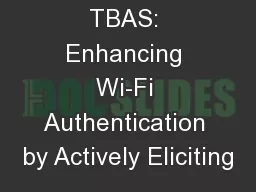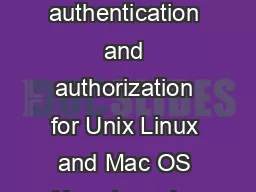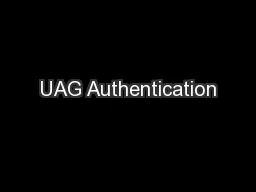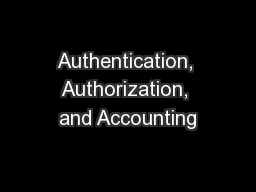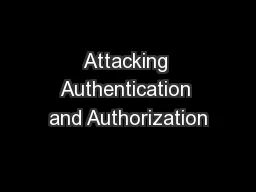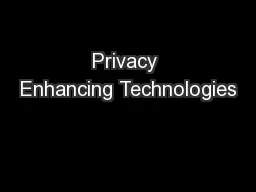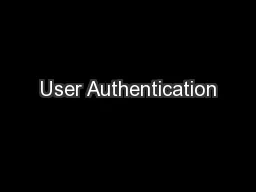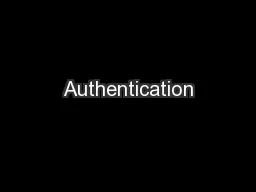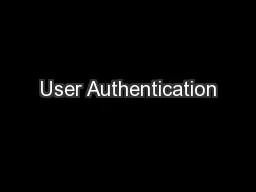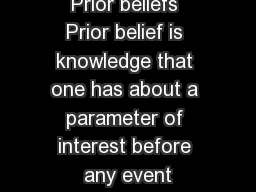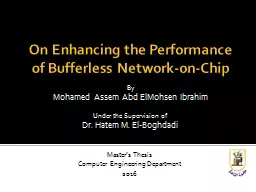PPT-TBAS: Enhancing Wi-Fi Authentication by Actively Eliciting
Author : luanne-stotts | Published Date : 2017-10-05
Muye Liu Avishek Mukherjee Zhenghao Zhang and Xiuwen Liu Florida State University Motivation Spoofing in WiFi even a common laptop computer can be configured to
Presentation Embed Code
Download Presentation
Download Presentation The PPT/PDF document "TBAS: Enhancing Wi-Fi Authentication by ..." is the property of its rightful owner. Permission is granted to download and print the materials on this website for personal, non-commercial use only, and to display it on your personal computer provided you do not modify the materials and that you retain all copyright notices contained in the materials. By downloading content from our website, you accept the terms of this agreement.
TBAS: Enhancing Wi-Fi Authentication by Actively Eliciting: Transcript
Download Rules Of Document
"TBAS: Enhancing Wi-Fi Authentication by Actively Eliciting"The content belongs to its owner. You may download and print it for personal use, without modification, and keep all copyright notices. By downloading, you agree to these terms.
Related Documents

